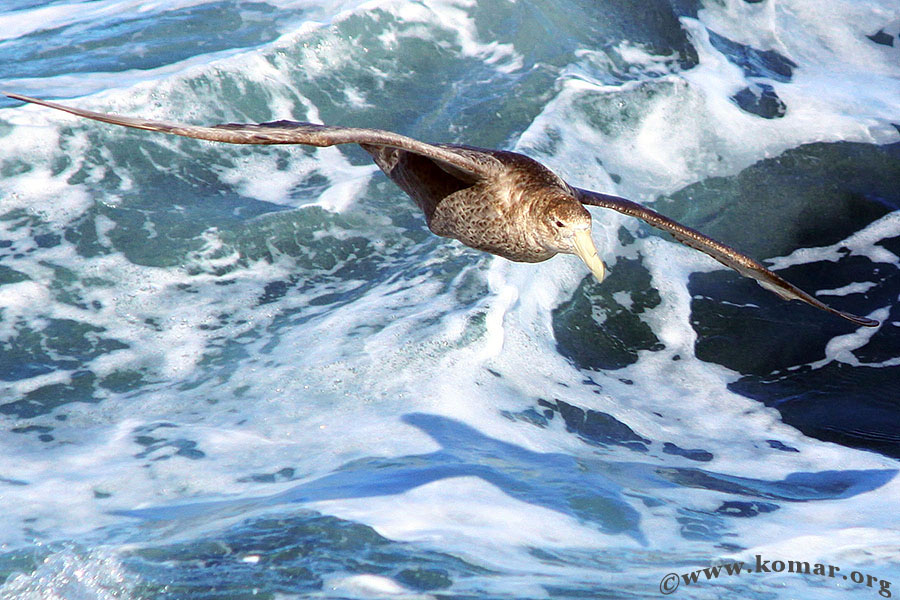Hey COASSTers, we have been featured in a Google alerts news article highlighting citizen science. Way to go!
http://www.livescience.com/24144-citizen-science-coastal-ecology-coasst-nsf-bts.html

Hey COASSTers, we have been featured in a Google alerts news article highlighting citizen science. Way to go!
http://www.livescience.com/24144-citizen-science-coastal-ecology-coasst-nsf-bts.html
Bird banding programs across the country are making it easier than ever before to track the movement of seabirds. Our very own COASST volunteers, Mike and Barbara Patton, were able to trace a banded albatross back to a colony on Midway Atoll, the largest tropical bird rookery in the world. Sue Clark, Barb Campbell, Summer and Latresha Starling have also found albatross that originated from Midway Atoll. Well done COASSTers!
http://earthsky.org/earth/two-famous-albatross-chicks-on-midway-atoll-in-2012

A newly developed “Seabird Atlas” catalogs sensitive ecological areas for seabirds around the world. Seabirds are the most threatened group of birds since they travel thousands of kilometers across international waters, most of which are unprotected. This means that conservation must become an international effort. The goal of the “Seabird Atlas” is to inform policy makers around the world in deciding what open ocean or near shore areas should be a priority for conservation. You can access the interactive version of the Atlas from the link below. It’s pretty fun!
The Marbled Murrelet population is still declining despite being protected by the Endangered Species Act for 20 years. These beautiful birds need to be protected now more than ever, but how?
Climate change in the ocean is causing both water temperature and sea level to rise. This means that many species of marine organisms are going to be experiencing drastic ecosystem shifts in the near future. A group of Canadian and American scientists have analyzed what these shifts could mean for large marine predators by combining tracking data from tagged predators with surface chlorophyll and temperature measurements taken by satellites. These data sets made it possible to model dynamic ocean habitats for large ocean predators for the first time.
Short-tailed Albatross (STAL) on the rise!
http://www.asiaone.com/News/AsiaOne+News/Asia/Story/A1Story20120822-366764.html
Fisheries using seabird mitigation devices
http://www.worldfishing.net/news101/oz-fishers-compliant-with-seabird-rules